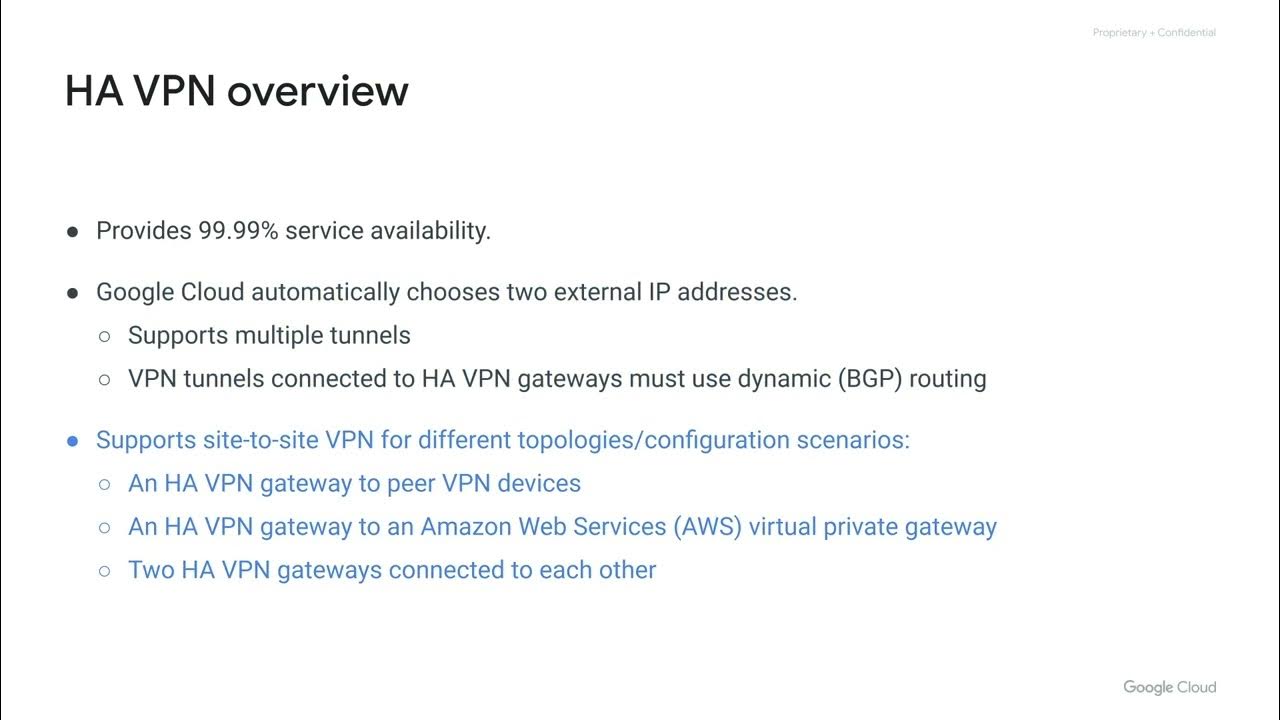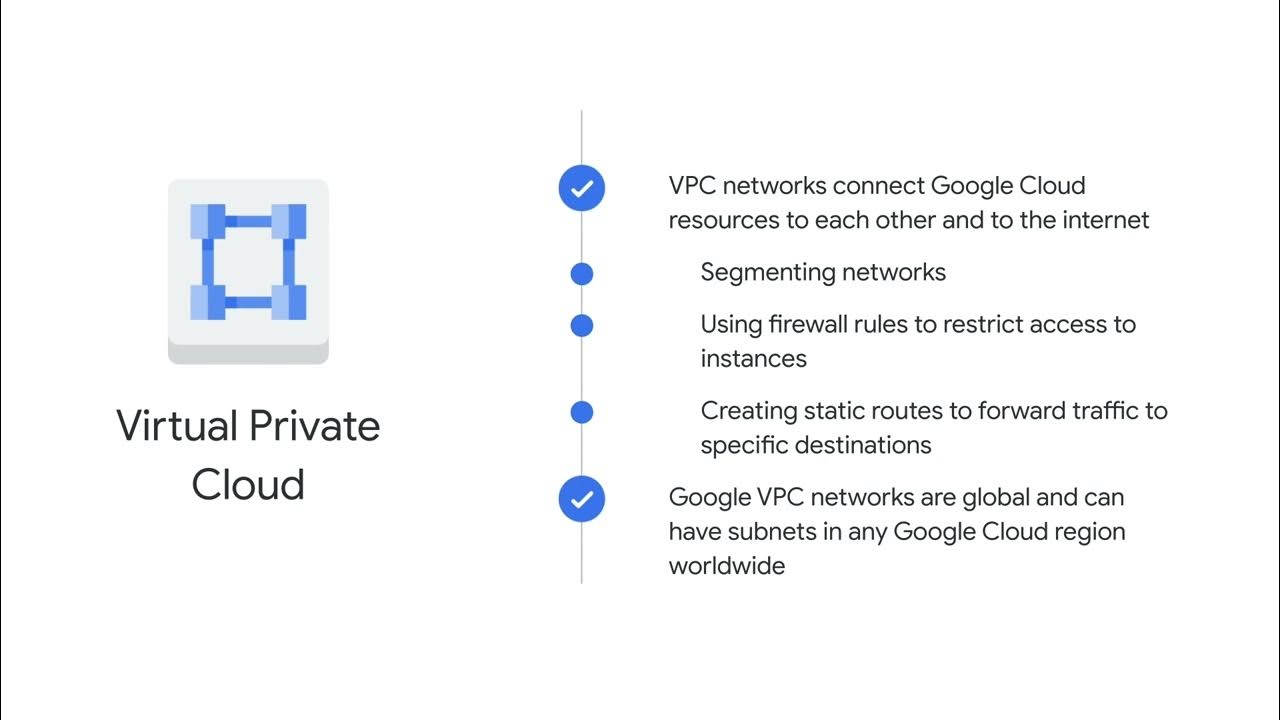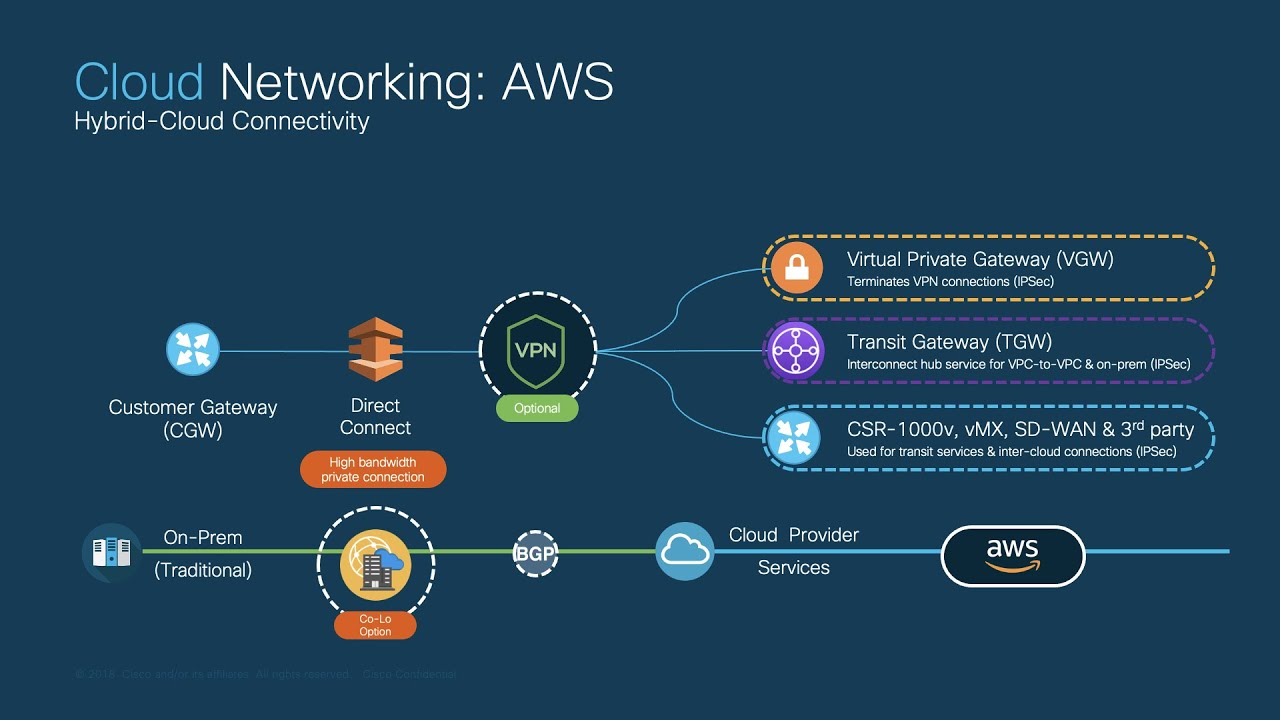Connect to services on another VPC via Private Service Connect (PSC)
Summary
TLDRIn this informative session, the presenter explores the complexities of cross-VPC connectivity within Google Cloud Platform (GCP) and introduces Private Service Connect (PSC), a solution for securely accessing services across different VPC networks without the need for complex peering arrangements. Through a detailed demo, the presenter illustrates how PSC simplifies networking for microservices by allowing private connectivity between teams, enabling decentralized teams to maintain secure and efficient communication. The talk concludes with a discussion on the potential of PSC for future microservices networking and the importance of a cautious and well-planned implementation strategy.
Takeaways
- 😀 Cross-VPC connectivity can be challenging due to different teams starting at different times and having different services running on various networks.
- 🔒 Private Service Connect (PSC), also known as PLC, is a Google Cloud networking feature that provides private connectivity between services across different VPC networks without the need for complex network setups.
- 🛠 The script demonstrates using PSC to connect services running on different VPCs, specifically focusing on the use of endpoints to establish these connections.
- 📈 PSC abstracts the complexity of network layer, allowing developers to focus more on development rather than network configuration.
- 🔄 The script discusses three different methods of communication facilitated by PSC: Endpoints, Backend Services, and the Interface (in preview), each with unique characteristics.
- 🚫 One of the limitations of traditional VPC peering is the potential IP address conflicts and the visibility it provides into network routing, which can be a security concern.
- 🌐 PSC makes changing network design easy, allowing teams to adapt and evolve their network architecture without significant migrations or reconfigurations.
- 🔑 It emphasizes the importance of decentralized network management, where teams have more autonomy and can establish connections as needed without aligning on IP space upfront.
- 🔄 The presenter shares a personal experience of quickly setting up PSC, highlighting its ease of use and the potential for rapid implementation.
- 🚀 The script suggests a future design for microservices networking using PSC, where multiple teams can connect and communicate privately across different VPCs within an organization.
- ⚠️ The presenter advises caution and thorough testing when implementing PSC, to avoid potential security issues and ensure proper operational models are in place for managing the connectivity.
Q & A
What is the main topic discussed in the video?
-The main topic discussed in the video is connecting services across different VPC networks using Private Service Connect (PSC) in Google Cloud Platform (GCP).
Why is cross-VPC connectivity considered a tricky problem?
-Cross-VPC connectivity is considered tricky because organizations often have different teams starting at different times, leading to the use of different IP ranges without coordination, which can cause conflicts and make routing difficult.
What is Private Service Connect (PSC)?
-Private Service Connect (PSC) is a capability of Google Cloud networking that allows consumers to access managed services privately from inside their own VPC network, and allows managed service producers to host these services in their own separate VPC.
How does the speaker plan to demonstrate the solution using PSC?
-The speaker plans to demonstrate the solution by showing a demo of the end-to-end solution they have tried and achieved with PSC, illustrating how it works in practice.
What are the three different ways to use PSC to connect consumer and producer VPCs?
-The three different ways to use PSC are through endpoints, backend services, and interfaces. Endpoints allow one-way communication from consumer to producer, backend services involve load balancers on the producer side, and interfaces allow two-way communication between consumer and producer.
What is a service attachment in the context of PSC?
-A service attachment in the context of PSC is a unique URI generated when a service is published, which is used to connect an endpoint to the published service on the consumer side.
What is the advantage of using PSC for microservices networking within an organization?
-The advantage of using PSC for microservices networking is that it allows teams to work more independently and connect their services without needing to align on IP space or perform network migrations, providing a more flexible and decentralized approach to networking.
What is the speaker's view on the future design of microservices networking using PSC?
-The speaker believes that PSC can enable a more streamlined and decentralized microservices networking approach, where teams can connect their services using private IPs in their own subnets without the need for extensive coordination on IP ranges.
What precautions does the speaker suggest when implementing PSC?
-The speaker suggests testing PSC in a smaller area first, ensuring there is an operational model in place to manage who can create PSC connections, and considering the security implications of allowing teams to connect services independently.
How does the speaker address the issue of conflicting IP ranges in VPCs?
-The speaker addresses the issue by using PSC to create a dedicated subnet for PSC-specific communication, allowing services to be connected across different VPCs without the need to resolve IP range conflicts.
What additional setup is required if the services are not in the same region?
-If the services are not in the same region, additional setup involving global networking access may be required, although the speaker has not explored this aspect in detail.
Outlines

このセクションは有料ユーザー限定です。 アクセスするには、アップグレードをお願いします。
今すぐアップグレードMindmap

このセクションは有料ユーザー限定です。 アクセスするには、アップグレードをお願いします。
今すぐアップグレードKeywords

このセクションは有料ユーザー限定です。 アクセスするには、アップグレードをお願いします。
今すぐアップグレードHighlights

このセクションは有料ユーザー限定です。 アクセスするには、アップグレードをお願いします。
今すぐアップグレードTranscripts

このセクションは有料ユーザー限定です。 アクセスするには、アップグレードをお願いします。
今すぐアップグレード関連動画をさらに表示
5.0 / 5 (0 votes)






